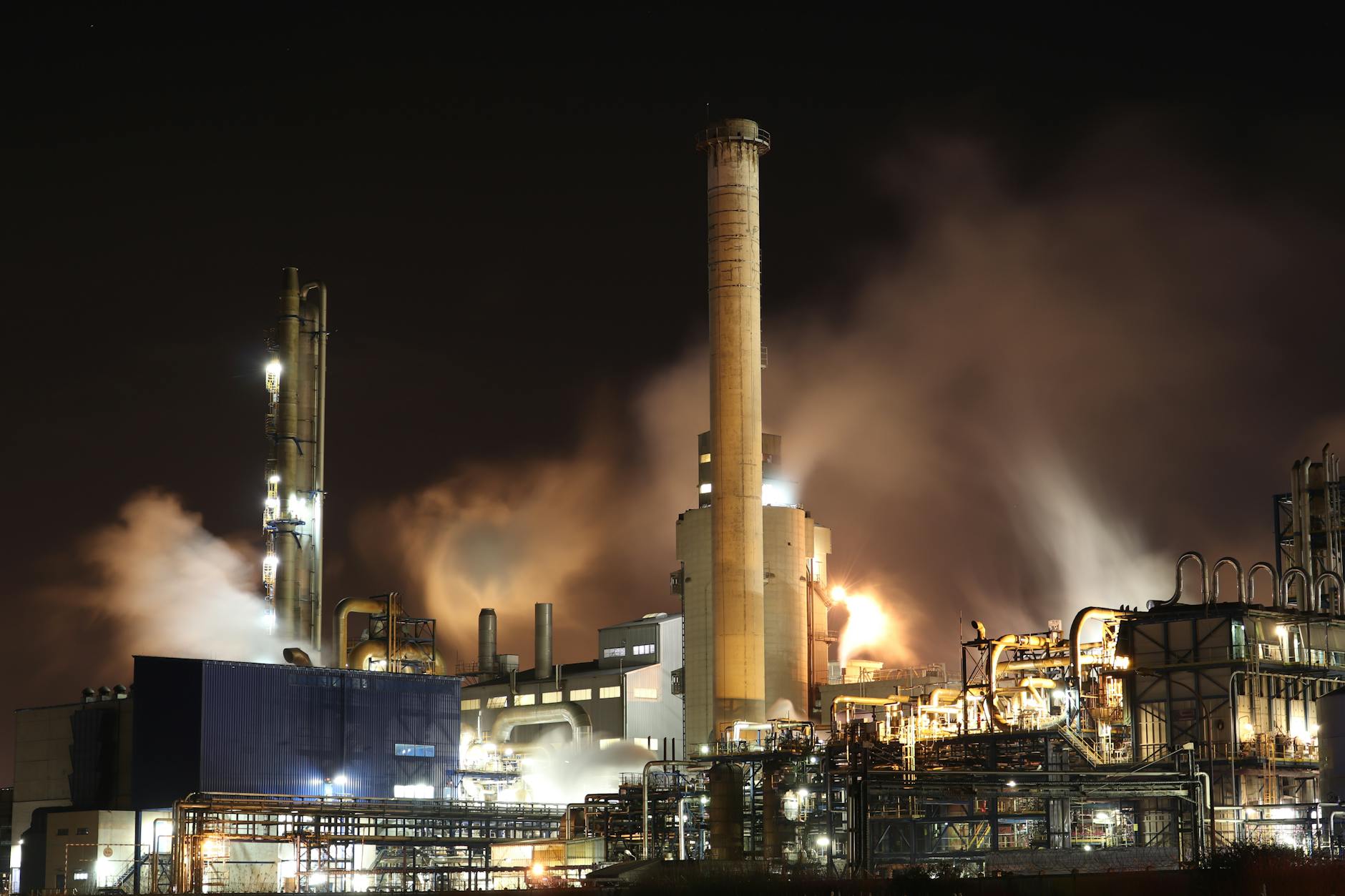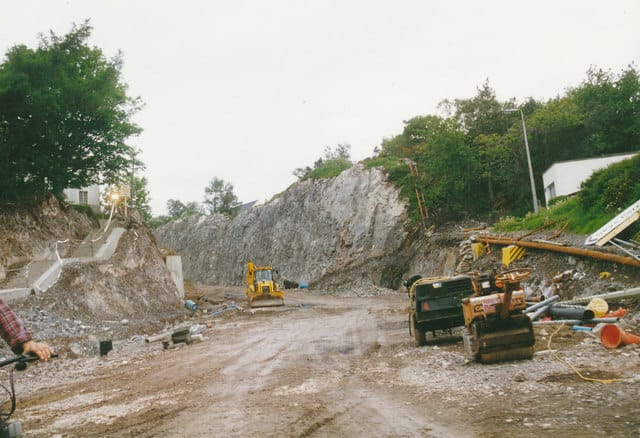Vehicle Emissions: The large number of vehicles on Delhi’s roads, including cars, buses, trucks, and motorcycles, contribute significantly to air pollution. Exhaust emissions from vehicles release pollutants such as nitrogen oxides (NOx), carbon monoxide (CO), particulate matter (PM), and volatile organic compounds (VOCs) into the atmosphere.

Industrial Pollution: Industrial activities in and around Delhi, including manufacturing, construction, and power generation, release pollutants such as sulfur dioxide (SO2), nitrogen oxides (NOx), particulate matter (PM), and volatile organic compounds (VOCs) into the air.

Biomass Burning: The burning of crop residues, wood, and other biomass for cooking, heating, and agricultural purposes in nearby regions and during the winter months contributes to air pollution in Delhi. This practice releases pollutants such as particulate matter (PM), carbon monoxide (CO), and volatile organic compounds (VOCs) into the atmosphere.

Construction Dust: Construction activities, including excavation, demolition, and road construction, generate large amounts of dust and particulate matter (PM) that contribute to air pollution in Delhi, especially during the dry season.

Open Waste Burning: Open burning of waste, including municipal solid waste and agricultural residues, releases harmful pollutants such as particulate matter (PM), carbon monoxide (CO), and toxic gases into the air.

Geographical Factors: Delhi’s geographical location and weather patterns, particularly during the winter months, contribute to the accumulation of pollutants in the atmosphere. Temperature inversion, stagnant air masses, and low wind speeds trap pollutants close to the ground, leading to the formation of smog and haze.
Construction and Road Dust: The rapid urbanization and construction activities in Delhi contribute to the generation of dust particles, which worsen air quality, especially in areas with ongoing construction projects and unpaved roads.

Stubble Burning: During the post-harvest season in neighboring states such as Punjab and Haryana, farmers resort to burning crop residues (stubble burning) as a cost-effective method of clearing fields for the next planting season. This practice releases large amounts of smoke and pollutants into the atmosphere, which can be carried by winds to Delhi and contribute to air pollution.

Addressing the complex issue of air pollution in Delhi requires a multifaceted approach, including stricter regulations on vehicle emissions, promoting cleaner industrial practices, implementing measures to control biomass burning and open waste burning, improving waste management systems, and promoting cleaner cooking and heating technologies. Additionally, public awareness and community participation are crucial in adopting sustainable practices and reducing individual contributions to air pollution.

 Add to favorites
Add to favorites








